Parsonage Turner Syndrome Mri
Parsonage turner syndrome mri. Imaging tumours of the brachial plexus. The two main types of brachial neuritis are idiopathic and inherited. Parsonage-Turner Syndrome PTS also known as idiopathic brachial plexopathy or neuralgic amyotrophy is an uncommon condition characterized by acute onset of shoulder pain most commonly unilateral which may progress to neurologic deficits such as weakness and paresthesias Feinberg and Radecki 2010 1.
Brachial plexopathy can also be idiopathic with an unknown cause in which case it is known as Parsonage-Turner Syndrome. Denervation changes in muscles early. Magnetic resonance imaging of the shoulder and upper arm musculature may reveal denervation within days allowing prompt diagnosis.
MR imaging appearancereport of three cases. OBQ0764 A 34-year-old seamstress was diagnosed with Parsonage-Turner brachial neuritis in the right upper extremity 1 month ago. MR imaging findings in brachial plexopathy with thoracic outlet syndrome.
When concerned for a compressive mass lesion. This may include imaging studies such as MRI or high-resolution ultrasound to identify any nerves that remain constricted or compressed. ParsonageTurner syndrome PTS is the term used to describe a neuritis involving the brachial plexus and is also referred to as idiopathic brachial plexopathy or neuralgic amyotrophyIt may present with symptoms of an isolated peripheral nerve lesion although the pathology is thought to lie more proximally.
Magnetic resonance imaging is the preferred imaging modality in patients who have no improvement after four to six weeks of nonoperative treatment or progression of. Acute brachial neuritis Parsonage-Turner syndrome. De plexus brachialis is een complex netwerk van zenuwen waardoor zenuwimpulsen de arm de schouder en de borstkas bereiken Het syndroom is genoemd naar Maurice Parsonage en John Turner.
Up to 5 of cases may be painless. Treatment for Parsonage Turner syndrome PTS is focused on managing the signs and symptoms in each person. Brachial plexus neuritis Parsonage-Turner syndrome is another differential consideration in patients presenting with symptoms of AIN syndrome.
Brachial neuritis is also called neuralgic amyotrophy or Parsonage-Turner syndrome. This article provides an overview of the MRI features of normal and abnormal ligaments of the ankle Appendix 1.
Imaging tumours of the brachial plexus.
Imaging tumours of the brachial plexus. Both brachial and lumbosacral plexopathy can also occur as a consequence of radiation therapy 4 sometimes after 30 or more years have passed in conditions known as Radiation-induced Brachial Plexopathy RIBP 5 and. Injured ligaments on MRI may appear disrupted thickened heterogeneous or attenuated in signal intensity and may be abnormal in contour. The ParsonageTurner syndrome26 neuralgic amyotrophy or brachial neuritis typically presents with a history of severe unilateral neck shoulder or arm pain in the absence of trauma followed over weeks by progressive upper limb weakness and muscle wasting often involving multiple nerve root territories. Thoracic outlet syndrome is a neurovascular disorder resulting from compression of the brachial plexus andor subclavian vessels in the interval between the neck and axilla. In brachial neuritis there is typically no history of trauma pain often precedes motor symptoms and there is frequently. Brachial plexopathy can also be idiopathic with an unknown cause in which case it is known as Parsonage-Turner Syndrome. Trauma effects of direct injury or tear denervation injury. Brachial neuritis is also called neuralgic amyotrophy or Parsonage-Turner syndrome.
It was known as Kiloh-Nevin syndrome. In brachial neuritis there is typically no history of trauma pain often precedes motor symptoms and there is frequently. Brachial plexopathy can also be idiopathic with an unknown cause in which case it is known as Parsonage-Turner Syndrome. Parsonage-Turner Syndrome PTS also known as idiopathic brachial plexopathy or neuralgic amyotrophy is an uncommon condition characterized by acute onset of shoulder pain most commonly unilateral which may progress to neurologic deficits such as weakness and paresthesias Feinberg and Radecki 2010 1. Parsonage and Turner first described the syndrome in 1948. The ParsonageTurner syndrome26 neuralgic amyotrophy or brachial neuritis typically presents with a history of severe unilateral neck shoulder or arm pain in the absence of trauma followed over weeks by progressive upper limb weakness and muscle wasting often involving multiple nerve root territories. Denervation changes in muscles early.
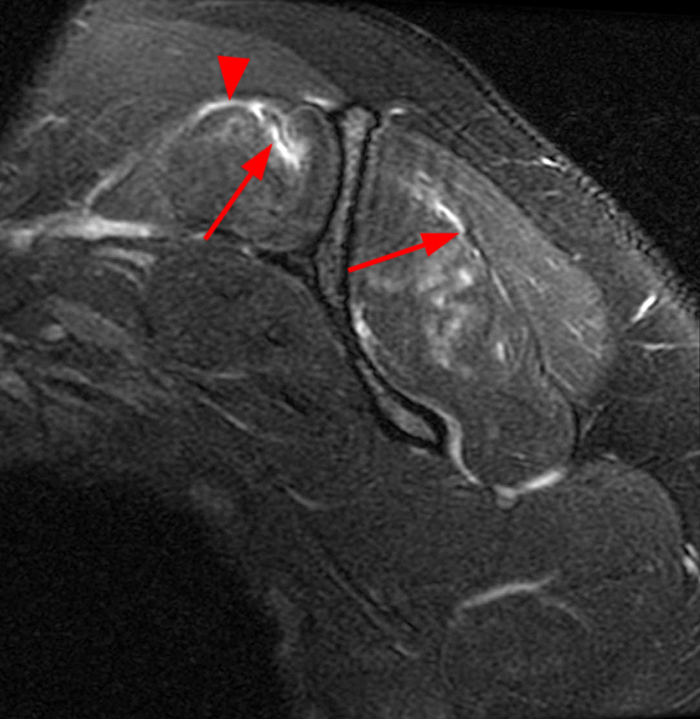
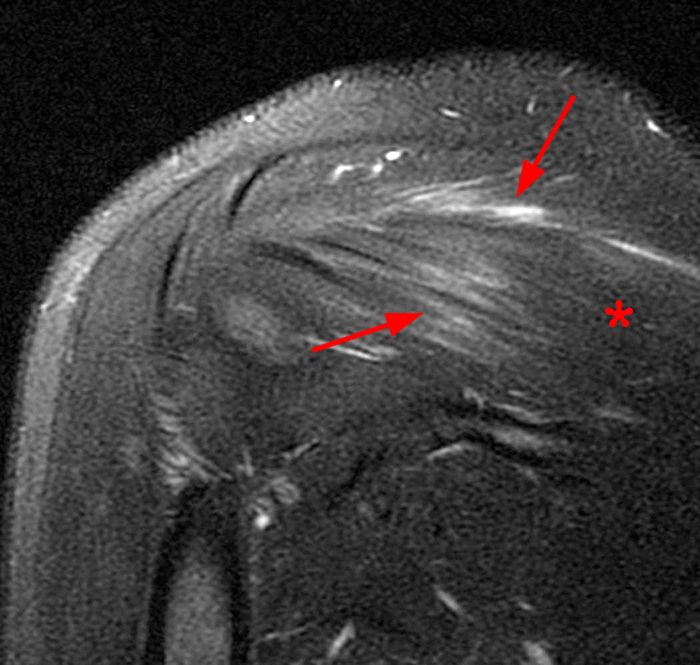
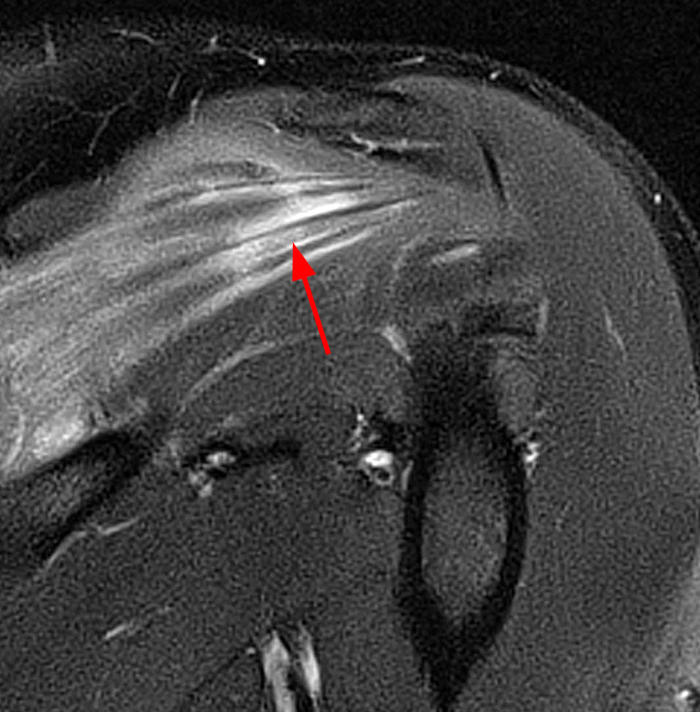



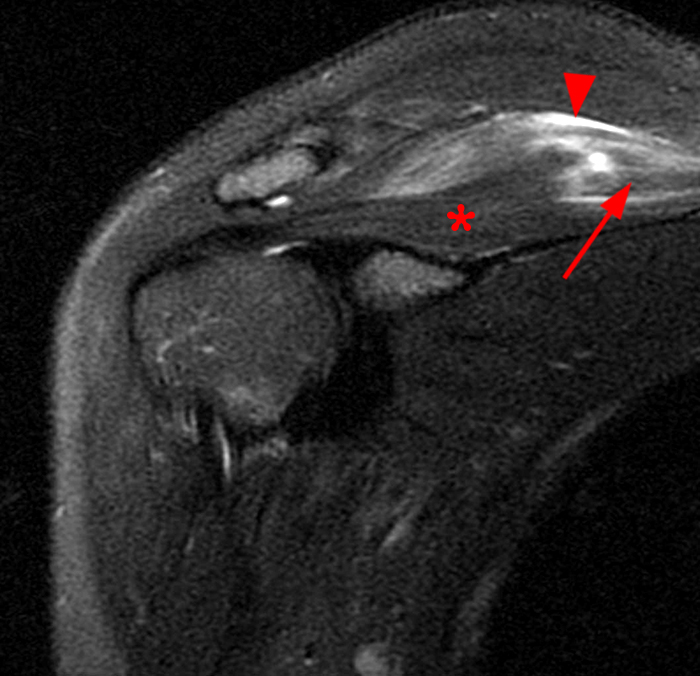





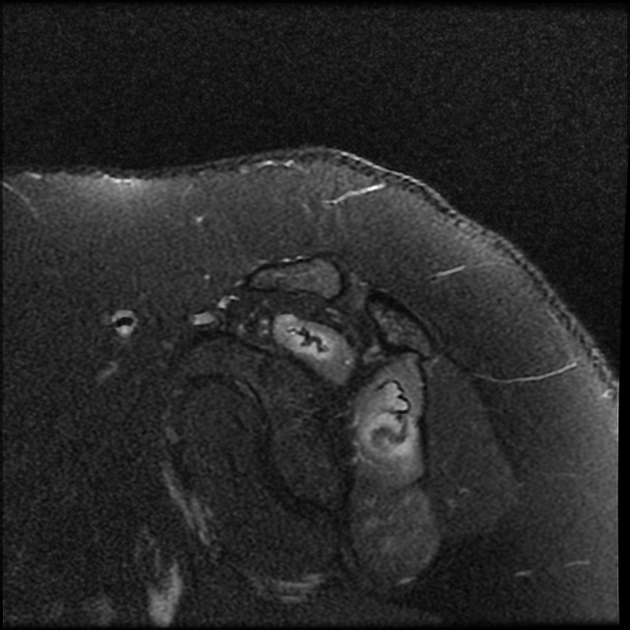






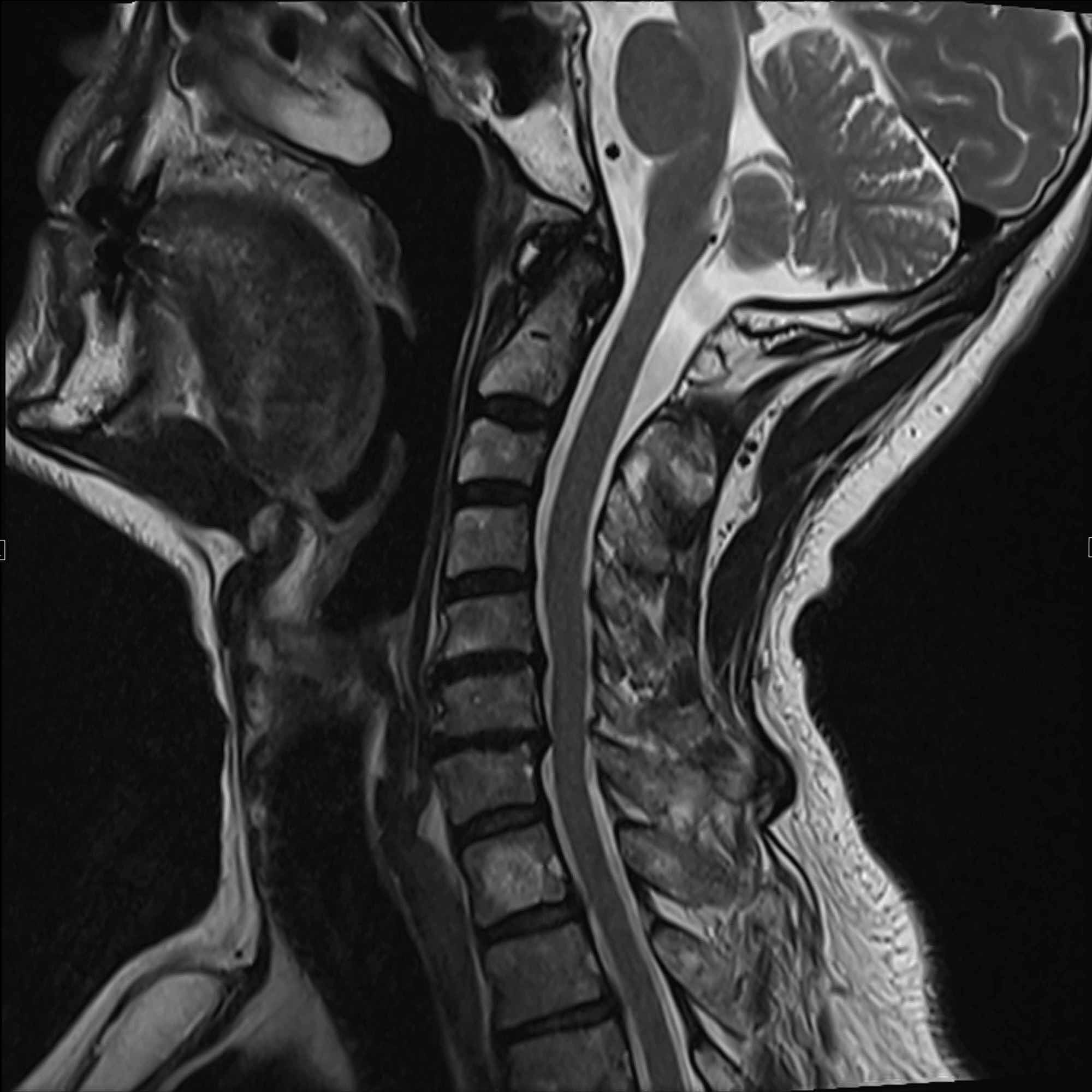



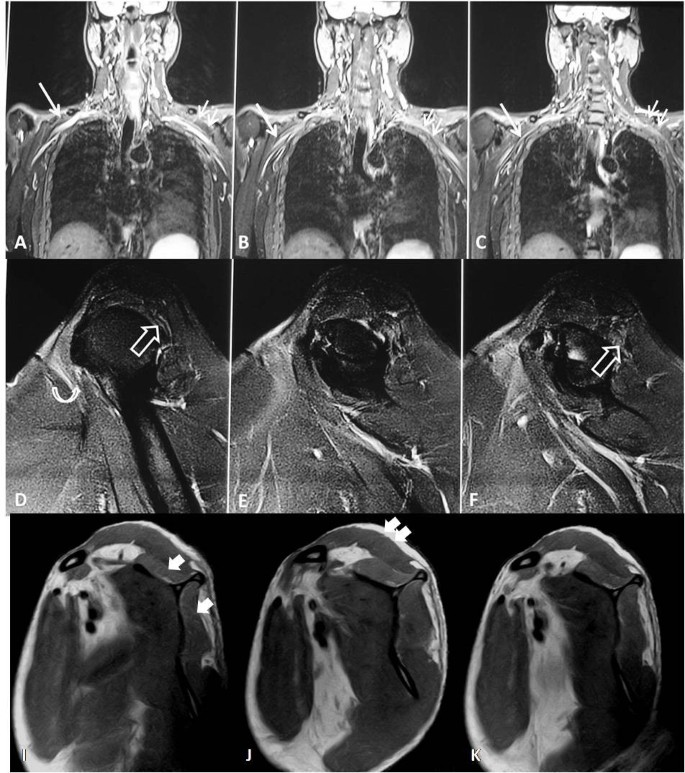





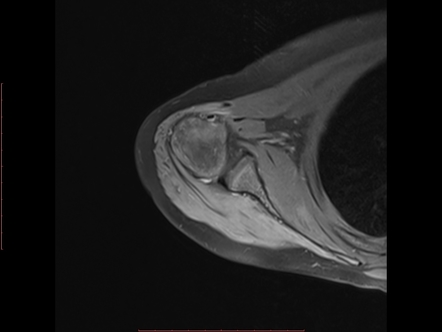

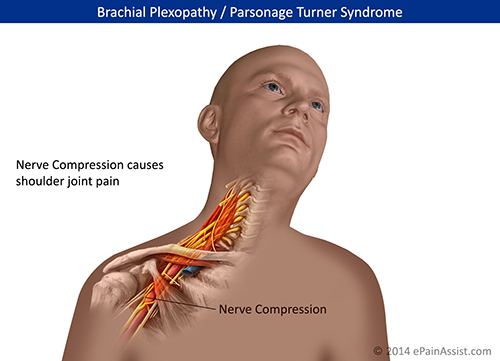
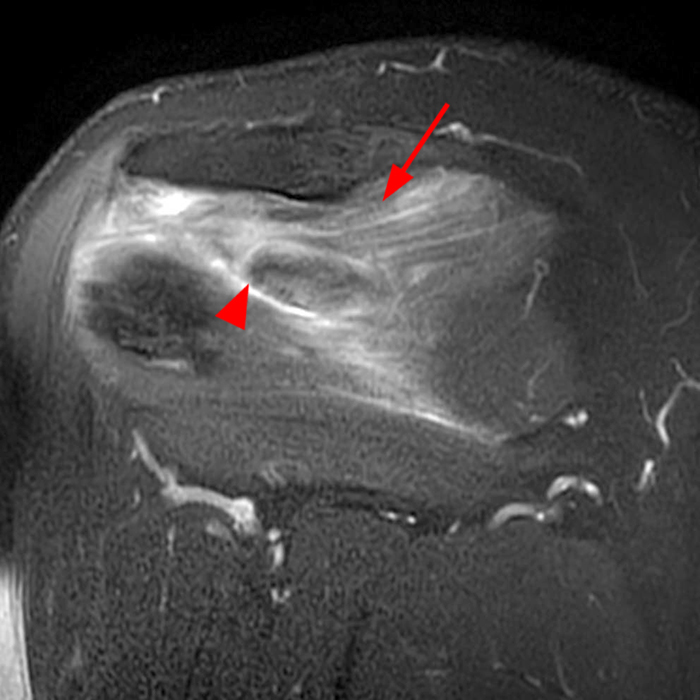




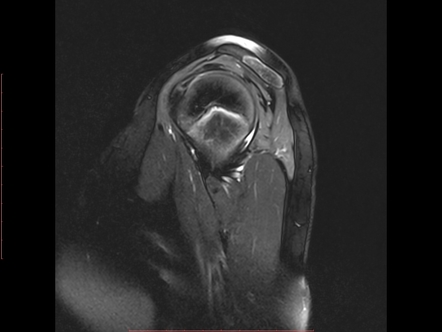
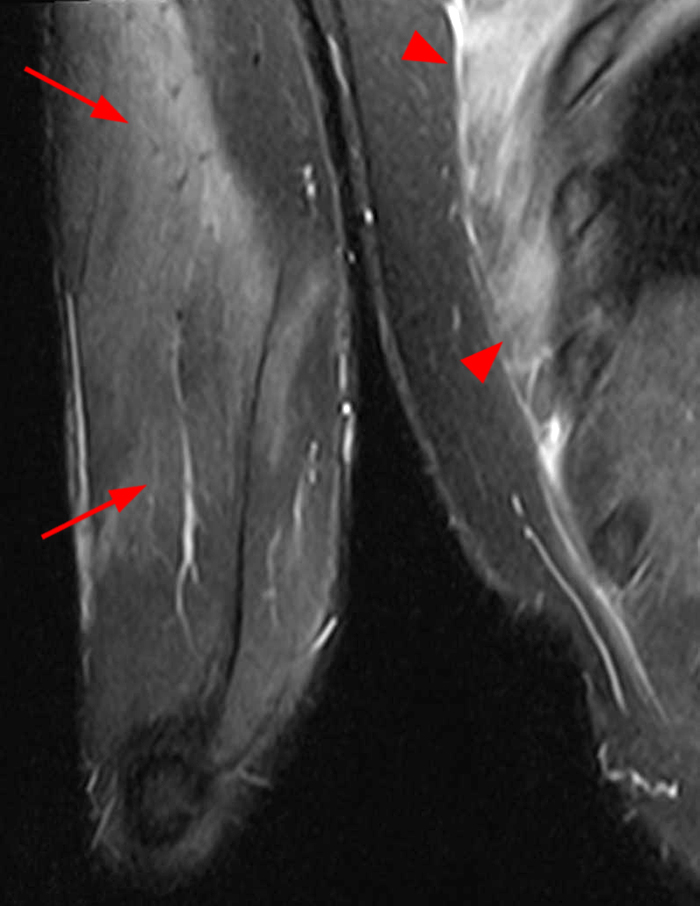



Post a Comment for "Parsonage Turner Syndrome Mri"